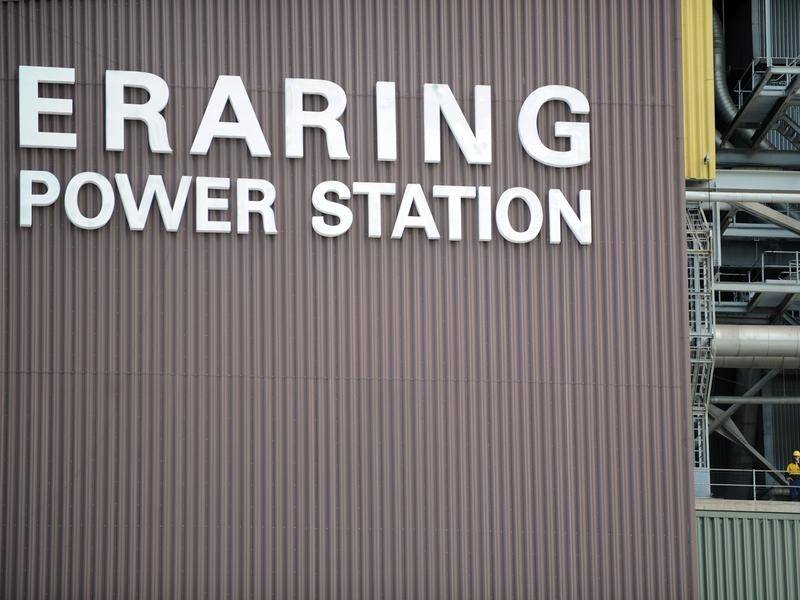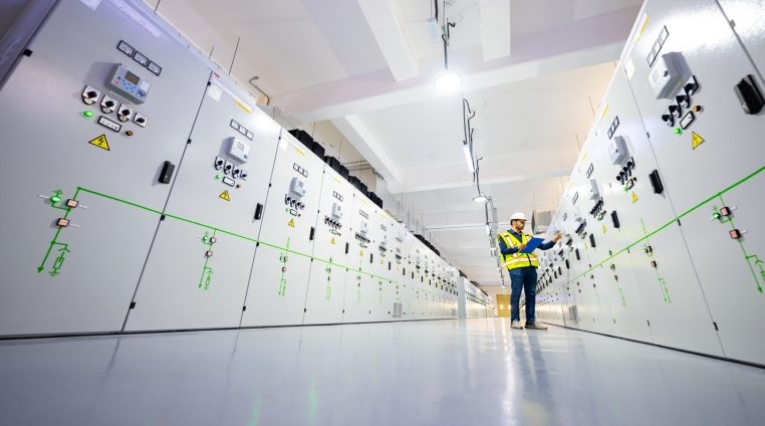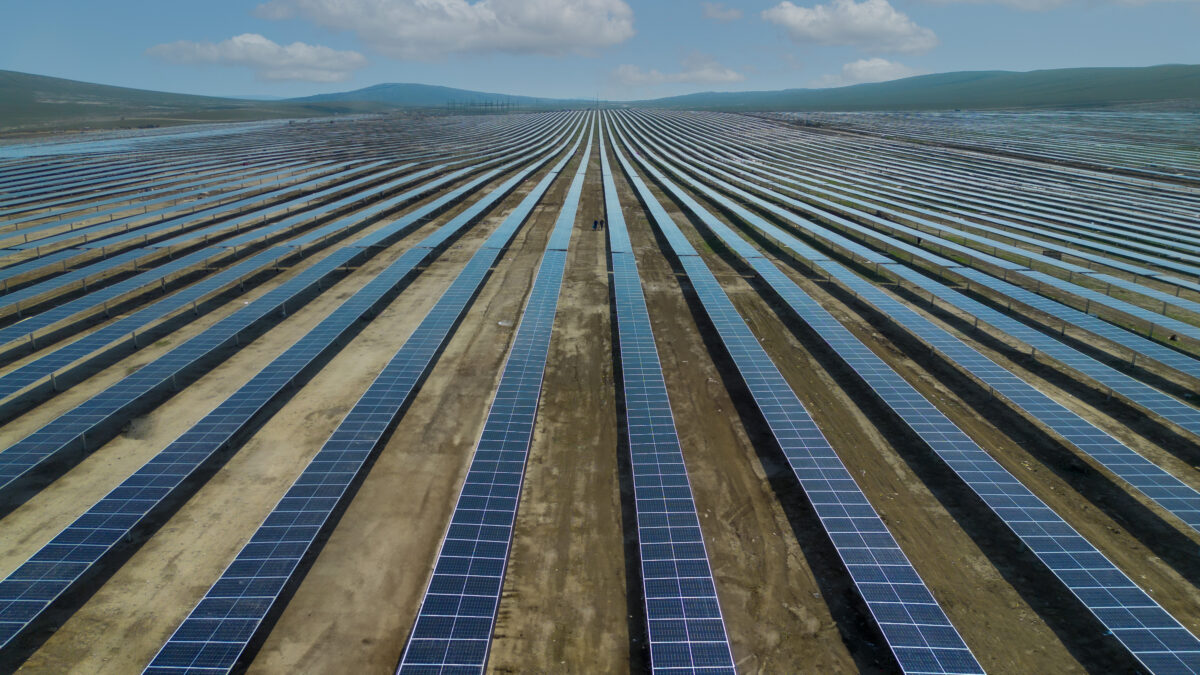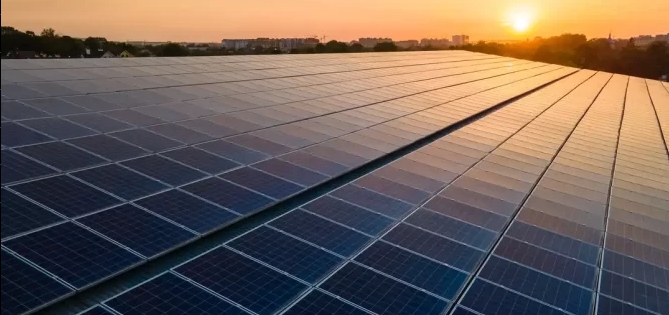
The fate of the Eraring Power Station in NSW, which is set to shut in 2025, could be known today. (Dean Lewins/AAP PHOTOS)
The NSW government will enter talks with Origin Energy to extend the life of Australia's largest coal-fired power station after the recommendations of a wide-ranging review.
An independent report, released on Tuesday, recommended considering keeping the Origin-owned Eraring Power Station on the state's Central Coast functioning beyond its planned closure date of 2025.
It found the state would face reliability challenges with electricity supply in coming years as coal-fired power stations went offline.
The state government said it would engage with Origin on its plans for Eraring, while also investigating alternative solutions to deliver more renewable generation, transmission and storage solutions.
"One of the biggest challenges facing NSW is ensuring we keep the lights on while managing the biggest change in energy mix and consumption in the shortest period of time in our nation's history," Premier Chris Minns said.
In commissioning the independent report in May, the Labor government flagged that several factors, including competition for investment and skills shortages, had made delivering the energy transition more difficult.
On Monday, the government dismissed claims by Liberal MP and former state treasurer Matt Kean that extending the life of Eraring would cost taxpayers $3 billion in subsidies.
Energy Minister Penny Sharpe previously said the government "had not looked at" the cost of keeping Eraring open for longer, and blamed privatisations by the previous coalition government for delaying the energy transition.
"The selling off of our electricity system has made every aspect of this transition harder," she said.
The Eraring Power Station, near Newcastle, has a generating capacity of 2922 megawatts and supplies about 25 per cent of the state's electricity needs.
It was acquired from the NSW government by Origin Energy in 2013.
Last year, Origin said it planned to retire the facility in August 2025 and install a large-scale battery.






